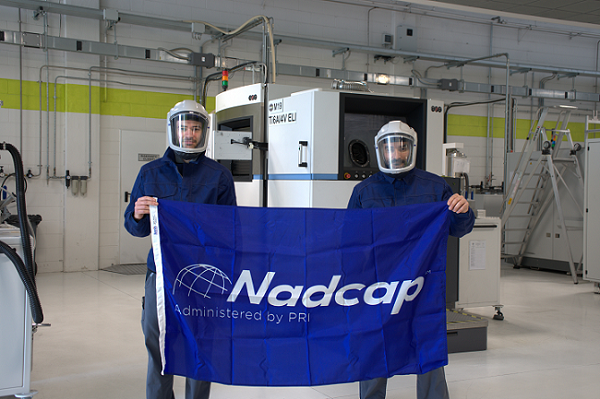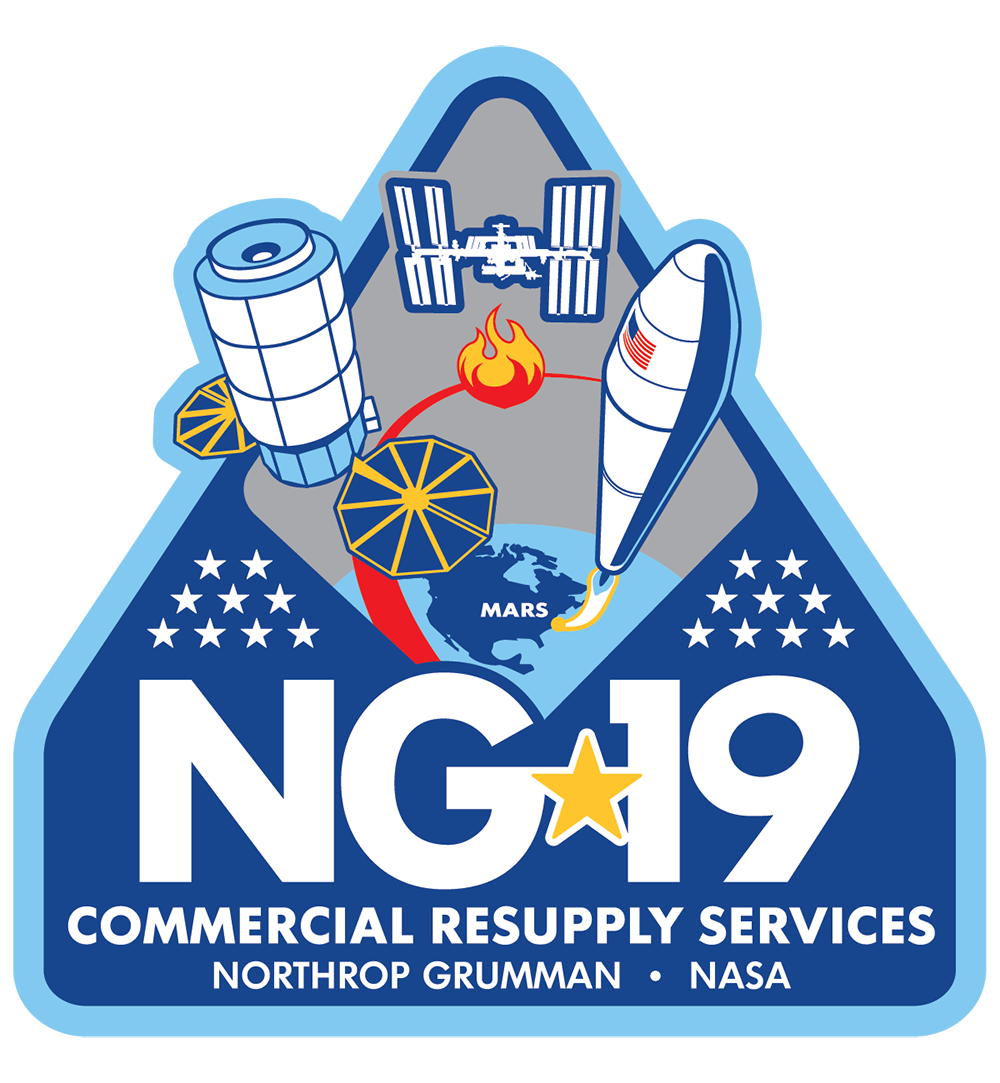In a major achievement for AM service hub BEAMIT and the Italian aerospace sector, one of the company’s NASA-qualified aluminum alloy components made it to the International Space Station (ISS) on Northrop Grumman‘s 19th resupply mission (NG-19). While the specifics about the component are under a non-disclosure agreement (NDA), BEAMIT confirmed to 3DPrint.com that the part “is integral to the Cygnus spacecraft itself.”
Adding further significance to this mission, the Cygnus spacecraft launched atop Northrop’s Antares rocket on August 1, 2023, from Wallops Island, Virginia. Named S.S. Laurel Clark in honor of the NASA astronaut who perished in the 2003 Space Shuttle Columbia tragedy, the spacecraft delivered vital cargo to the ISS crew, including hardware and supplies to support various research projects, such as scientific investigations on 3D neuron cell cultures in microgravity and neuron-specific gene therapy tests.
Milestone partnership
BEAMIT’s accomplishment is part of a broader collaboration with industry leaders Telema, BLU Electronic, and Thales Alenia Space. With each partner contributing unique expertise, from Telema’s power electric resistors for railways to BLU Electronic’s electronic specializations and Thales Alenia Space’s legacy in space exploration, this alliance aims to drive the Cygnus program to new heights.
To make the component that ended up on the spacecraft, BEAMIT relied on the widespread, heat-treatable aluminum alloy AlSi7Mg. According to the Italian manufacturer, these “state-of-the-art” components not only meet but surpass NASA’s rigorous quality standards. To manufacture an AlSi7Mg component, BEAMIT employs cutting-edge metal additive manufacturing (AM) technology, specifically laser powder bed fusion (LPBF).
Renowned for its precision and repeatability, LPBF’s traits are invaluable in the demanding environment of space travel. Moreover, these components have received NADCAP (National Aerospace and Defense Contractors Accreditation Program) certification after completing NASA’s stringent qualification procedures successfully.
On a mission
Digging into BEAMIT’s history, the company has been a trailblazer in the field, having supplied various components for past missions, including brackets, telecommunications elements, and propulsion chambers. Pioneering in its field, the company was the first to produce aluminum additive manufacturing components that received approval for use in space from Airbus Defence and Space in the UK. The group has established itself as a significant player in the aerospace industry through its partnerships with top original equipment manufacturers (OEMs) and Tier 1 suppliers, including Safran Aero Boosters, Avio, Thales, Leonardo, SITAEL, and Airbus Space. It made strides in AM and testing copper rocket engines, with accreditation for applications on military aircraft like the M345, M346, C27J, and ATR programs from Leonardo Aircraft.
 AM Engineers Simone Baldini and Liberato Lappone from BEAMIT Group. Image courtesy of BEAMIT
AM Engineers Simone Baldini and Liberato Lappone from BEAMIT Group. Image courtesy of BEAMITFurthering its reach, the group has expanded its capabilities by acquiring 3T Additive Manufacturing, another seasoned player in the AM component production field. Currently, over eighty AM components for space are in production within the group. BEAMIT is a strategic partner with the Italian Space Agency (ASI) and the ESA-ECSS (European Space Agency – European Cooperation for Space Standardization) group, and it actively participates in plenty of space programs and projects. These include the Prometheus, Vega, Platino 1, and Platino 2 programs, Eurostar and ESA’s General Support Technology Program (GSTP), FIAM European, and Horizon 2020 projects.
The collaborative effort between BEAMIT, Telema, Blu Electronic, and Thales Alenia Space aims to continue pushing the envelope in the field of space exploration technology.
BEAMIT President Mauro Antolotti summed up the collective vision when he stated, “Our collaboration with Telema, Blu Electronic, and Thales Alenia Space represents a milestone in the aerospace industry. BEAMIT’s expertise in additive manufacturing, combined with the contributions of our esteemed partners and our NADCAP-qualified components, will elevate the Cygnus program to new heights of innovation and efficiency.”
Looking to the future, it’s worth noting that integrating BEAMIT’s NADCAP-qualified AlSi7Mg components into the Cygnus program aims to result in more robust, lightweight, and technologically advanced spacecraft. Given that this is the first major success announced from this collaborative partnership, and considering the positive results, we can anticipate that BEAMIT and its partners will continue to innovate, setting the stage for more advanced AM components to be integrated into future Cygnus spacecraft.
Subscribe to Our Email Newsletter
Stay up-to-date on all the latest news from the 3D printing industry and receive information and offers from third party vendors.
You May Also Like
Further Understanding of 3D Printing Design at ADDITIV Design World
ADDITIV is back once again! This time, the virtual platform for additive manufacturing will be holding the first-ever edition of ADDITIV Design World on May 23rd from 9:00 AM –...
3D Printer Maker EVO-tech Reborn as NEVO3D — Once More With Feeling
EVO-tech was a 3D printing service and original equipment manufacturer established in 2013 and based in Schörfling am Attersee, Austria. The company produced high-quality material extrusion systems featuring linear bearings,...
3D Systems Brings 3D Printed PEEK Cranial Implant to the U.S. with FDA Clearance
For more than 10 years, 3D Systems (NYSE:DDD) has worked hand-in-hand with surgeons to plan over 150,000 patient-specific cases, and develop more than two million instruments and implants from its...
CDFAM Returns to Berlin for Second Annual Symposium
The second CDFAM Computational Design Symposium is scheduled for May 7-8, 2024, in Berlin, and will convene leading experts in computational design across all scales. Building upon the first event...
































